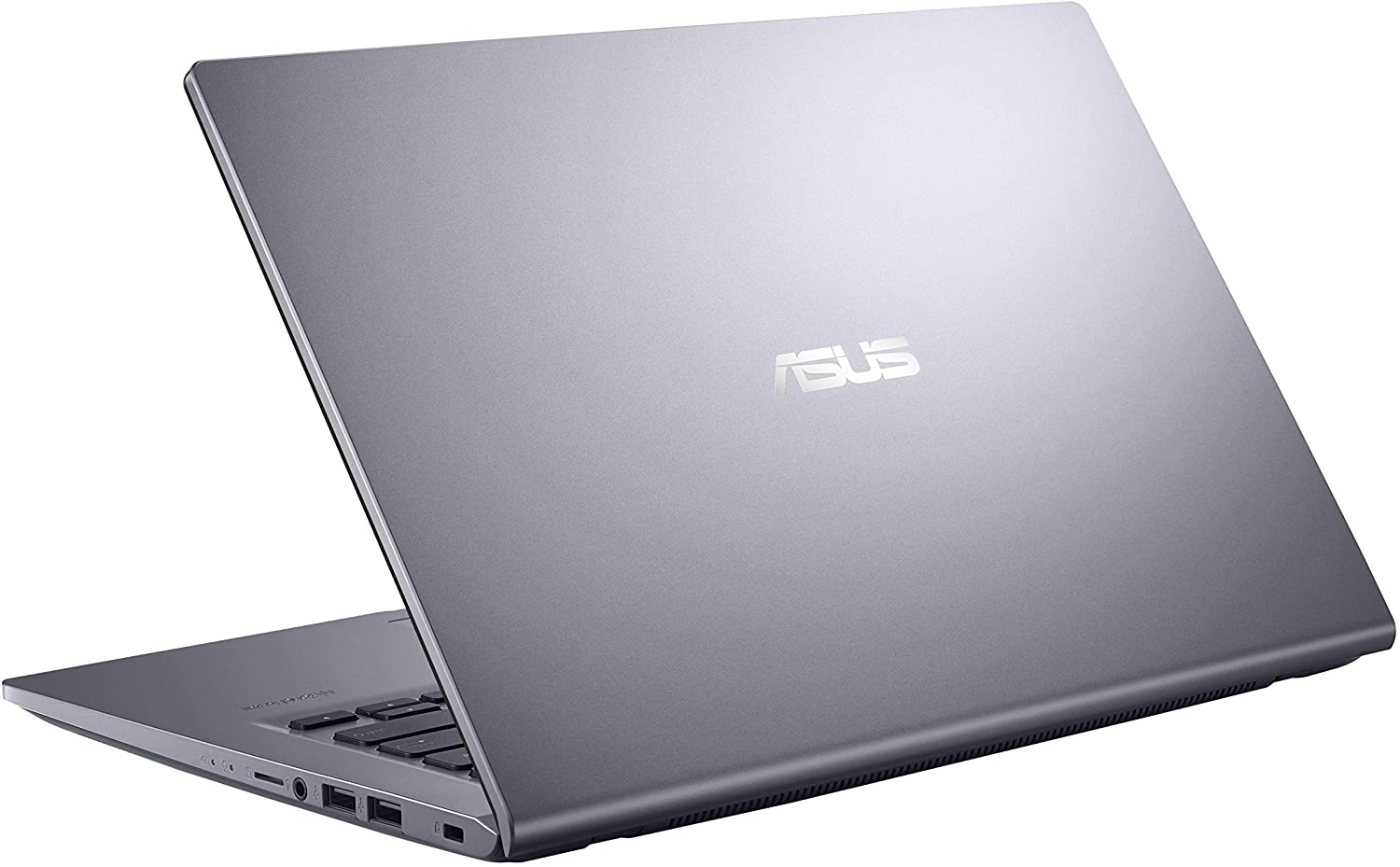Table of Content
- Steps to Enable Device Encryption
- How To Enable Device Encryption
- Turn Off Device Encryption in Windows 10
- System Requirements to Turn On Device Encryption
- Windows 10 home device encryption without tpm free download.More resources
- Search This Blog
- How To Enable Device Encryption on Windows 10 (Home & All Editions)
Only the user who has the password to open the folder will have access to the files. Once you have made the selection, you will be prompted to back up the encryption key and certificate for the folder. Make sure that you back up the password and encryption key before you continue. Do not change this setting or you may harm your PC. To back up your files and folders, use a USB stick.

If you want to encrypt a folder in Windows 10, you will need to use the encryption tool. This tool can help you protect your files and folders from unauthorized access. Before you can enable device encryption, your system should meet mandatory hardware requirements. If the system does not meet even one of the below requirements, you cannot turn on device encryption.
Steps to Enable Device Encryption
Once you’ve made the changes, you can close the dialog box. Before proceeding, make a backup of the registry. Follow the steps below to enable file encryption on Windows 10.
Although Windows 10 Home doesn't come with BitLocker, you can use the "device encryption" option, but only if your device meets the hardware requirements. In this Windows 10 guide, we'll walk you through the steps to enable device encryption on your computer running the Home edition of the OS. Windows 10 Home doesn't include BitLocker, but you can still protect your files using "device encryption."
How To Enable Device Encryption
He has an IT background with professional certifications from Microsoft, Cisco, and CompTIA, and he's a recognized member of the Microsoft MVP community. You could just use a regular light bulb in your office, but if you want to add some ambient lighting with different colors, an RGB LED strip is the way to go. Hi, I'm Mauro Huculak, Windows Central's help and how-to guru. I wrote the post you're reading now, and I know the Windows OS inside and out. But I'm also a bit of a hardware geek.
After you’ve protected it, you can then select Save. You’ll have to wait a few minutes for the encryption to complete. How to encrypt a folder in Windows 10?
Turn Off Device Encryption in Windows 10
To see if your laptop or desktop computer meets the requirements for device encryption, use these steps. Are you running Windows 10 Home on your laptop or desktop computer? Then this is how you can protect your files using encryption. Password-protected folders are great for storing sensitive data, such as financial information and personal documents.
Your motherboard should have a TPM chip. If you are not sure, take a look at the motherboard manual. In case you are wondering, TPM is a hardware-backed tamper protection system. As such, it is required for device encryption.
Learn adobe dreamweaver cc - for absolute beginners free download
If you can get device encryption settings, then you have TMP Version 2.0 with support for modern standby. You can use this tool to encrypt any folder in Windows 10. Simply open the File Explorer, click the folder’s properties, and then click the Advanced button. Look for a key named “NTFSDisableEncryption” in the File System key. To make your file or folder completely encrypted, click OK. Along with Pro and Enterprise editions, you can enable device encryption on Windows 10 Home edition too.

Sign in to Windows with an administrator account you may have to sign out and back in to switch accounts. For more info, see Create a local or administrator account in Windows If Device encryption doesn't appear, it isn't available. As soon as you press the Turn On button, the Device Encryption will be enabled on your computer to encrypt and protect the data. To turn off or disable device encryption, click on the turn off button on the same page.
Open Windows Explorer and click on the “Properties” option. From there, click on the Advanced button. Look for the Encrypt contents to secure data option, and check it. Then click OK to confirm the encryption. Your files and folders will be encrypted once the encryption process is complete.
Just like you can check if you are running a 64-bit or 32-bit system, you can also check if your computer supports device encryption or not. To check it, we are going to use the built-in System Information tool. Once you complete the steps, Windows 10 will turn on encryption for the current and future files you store on your computer. After you complete the steps, you can proceed to enable encryption on the entire system.
BitLocker is not automatically turned on with local accounts, however you can manually turn it on in the Manage BitLocker tool. Finally, your PC should support Connected Standby mode . Press the Windows key + I to launch the Settings app.
No comments:
Post a Comment